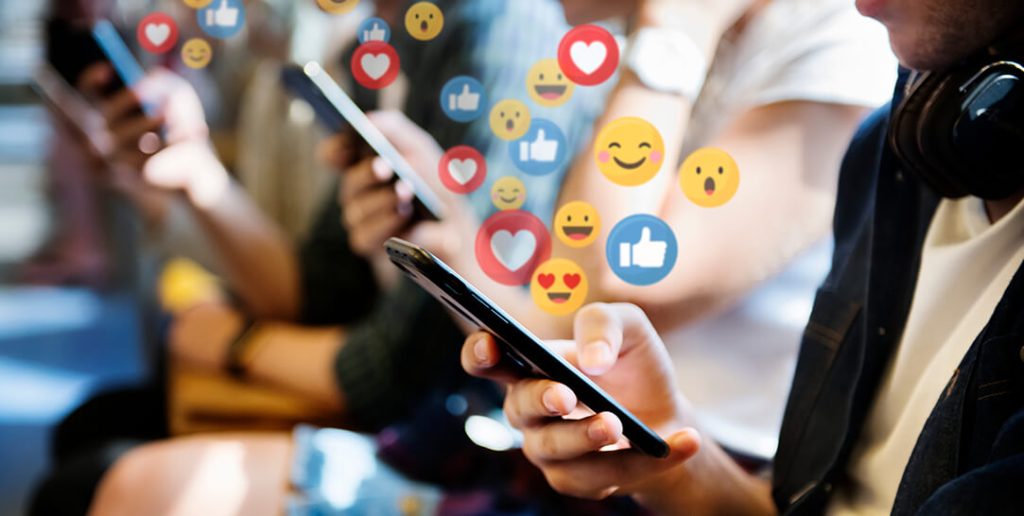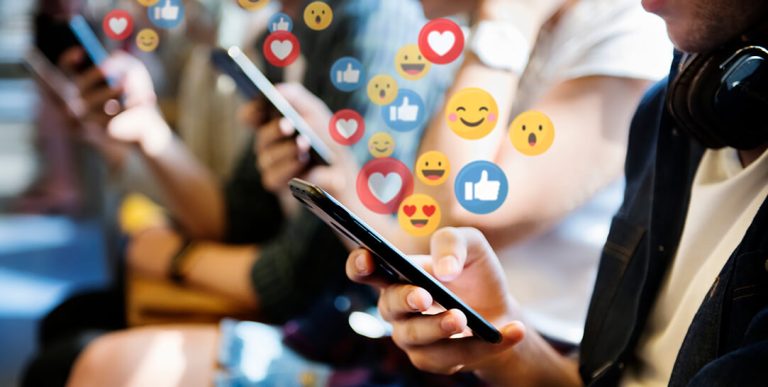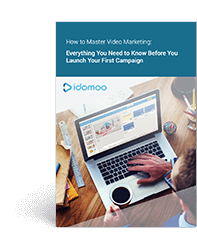How do you decide what to post on social media?
There are many motivations behind what people choose to share on their social media channels, perhaps none stronger than the desire to “brag.”
We want to be seen — but more specifically, we want to be seen in a certain (positive) way.
Maybe you want to appear fun, successful, humble, powerful, capable, sexy, smart, etc. What these all link back to is “bragging.”
Introducing the Humblebrag
Alas, there’s a problem with all this bragging. We know that most people dislike braggarts. They’re kind of annoying. So if our goal is to be liked and admired, this bragging thing becomes risky.
Humblebrag (n.)
See also: humble brag
When you brag about yourself by hiding it in a show of false humility
This is where the subtle — and sometimes not-so-subtle — art of the humblebrag comes into play.
Humblebragging lets us try to appear to have humility while we brag. It’s often disguised as complaining — “My house is such a mess because I was invited to 5 parties last weekend and didn’t have time to clean.”
With humblebragging, we still get the social credit and esteem boost of bragging without the pesky blowback that comes from having what may be perceived to be an inflated ego.
A Secret Weapon for Brands
One powerful secret weapon to bragging is letting someone else brag for you.
If I tell you how great I am, well, I could come off as an egotistical self-aggrandizing braggart. And someone as humble as me would never do that. (Quite frankly, when it comes to humility, I’m the best. But I digress).
However, if someone else happens to mention how great I am and I just kind of pass that info along. Well, then I am but a humble middle-person for someone else’s message. So it’s easier for me to accept it with modesty.
And this is something brands can leverage, helping their customers humblebrag about themselves while they share the spotlight.
How Brands Can Shine the Spotlight on Customers
Top brands, including Ubisoft, Fortnite, Disney, Delta, Orangetheory Fitness and more have found a secret weapon in the art of the humblebrag: Personalised Videos.
Here’s an example from WW (formerly WeightWatchers) that shows a few Personalised Videos side by side.
These top brands send their customers highly Personalised Videos that contain their unique and — of course — highly braggable data.
Suddenly, people aren’t bragging about themselves at all. The brands are bragging about them!
All the humble recipient of the praise did was click “share.” Can’t fault ’em for that, can ya?
- Gaming companies have exciting recaps showing high scores and other gamer accomplishments.
- Hotels and airlines make it easy to boast about your amazing trip.
- Fitness brands let you tell the world about how much you are crushing your unique goals.
- Even utility companies allow you to celebrate your conservation accomplishments.
Viewers don’t share a video — they share their video.
Their data, their scenes, their information. It’s a Personalised Video made just for that one unique individual — to inform the world how great they are.
Results, please?
These shareable social media campaigns generate tens of millions of views online, driven largely by higher share rates. For example, gaming giant Ubisoft’s 5-year recap campaign had 500% higher shares on Facebook and Twitter.
Ubisoft recently launched their fifth Personalised Video campaign, designed specifically for sharing on social media.
Along with positive brand sentiment and awareness, these campaigns lead to measurable business impact like higher retention and revenue. For example, adidas increased sales nearly 12x with their campaign designed to celebrate Boston Marathon runners.
On the nonprofit side, Plan Canada has launched 3 Personalised Videos for their donors to share on social highlighting the positive impact of their donation.
The result of that is twofold:
- It creates more awareness for the nonprofit because donors also become evangelists, spreading the word to their social networks.
- It motivates additional giving. There’s a concept in behavioral psychology called accountability, meaning, “Once I publicly declare what kind of person I am, I feel more pressure to live up to that.” If I publicly declare I’m working out, it increases the likelihood I’ll go to the gym. If I publicly declare I give money to charity, I’ll give more. People want to live up to the “social identities” they’ve created for themselves. So by posting their Personalised Videos sharing how much they gave, they are in fact likely to give even more.
Take a look at the video below. Isn’t it something you’d want to share with your friends on social media if you received this from a charity you supported?
Not To Brag, But…
So how do these brands create millions of Personalised Videos with each user’s unique data? The answer is Idomoo, the world’s leading Personalised Video platform.
Idomoo’s technology allows for highly Personalised Videos to be created at scale. This is an absolute game-changer as hyper-personalised videos can now be created en masse. Each Personalised Video is as unique as each recipient.
It’s kind of a big deal — but hey, we don’t like to brag.






